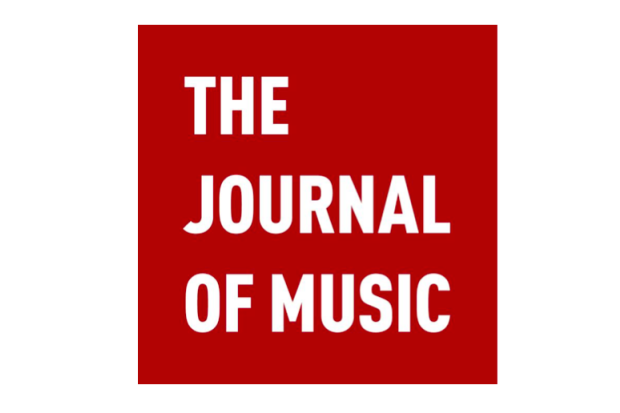
Michael Buckley
Live Reviews: Michael Buckley's 'Translations'
Mermaid Arts Centre, Bray,
4 March 2006
It was an RTÉ 1 radio programme in March 2005, ‘Music Spoken Here’, presented by Gerry Godley, which first commissioned jazz saxophonist Michael Buckley to engage with the not too near world of sean-nós singing. ‘Translations’, which took place in the Mermaid Arts Centre in Bray in March, was the first live manifestation of this ongoing project, and it drew an almost capacity crowd.
Creative experiments involving jazz and traditional Irish instrumental music have been successful in the past – Ronan Guilfoyle’s ‘Irish Project’, for example – though many more have failed to penetrate beneath the surface of either genre. There is something intriguingly exotic, however, about the idea of jazz and sean-nós coming together. Even if they achieve 50 per cent of what it could be, I thought to myself, it would be wonderful. Buckley was joined by Seán Carpio on drums, Greg Burk on piano, and Aidan O’Donnell on bass, while the voice of traditional music was represented by sean-nós singer Éamon Ó Donnchadha, uilleann piper Martin Nolan and Kevin O’Connor on fiddle.
For decades, voices within traditional music – in a political and cultural campaign for support – have been proclaiming how important traditional music is, how precious it is, but I wondered during this very interesting concert if in this instance this well-meant propagandising over the year had not worked against it. For if anything, traditional music and sean-nós were treated with far too much respect. While Nolan, O’Connor and Ó Donnchadha did what they normally do – and naturally did it well – they were hardly creatively challenged in this most intriguing format to reach out to their counterparts – to find the common ground, or simply imagine and invent it, which is of course what adventures such as this are all about. Instead, Buckley had written intelligent and often very beautiful accompaniments on piano to accompany Ó Donnachadh’s singing, and composed voyaging pieces which involved the playing of traditional tunes, but still, the representatives of each genre never came much closer to one another than that.
Even the cry of ‘Dia leat!’ from the audience, during the song ‘Aisling Gheal’, could not convince me that we were witnessing a typical performance of sean-nós – so why pretend that it is? Why, I wondered, was the fine singing of Ó Donnchadha not challenged more, to reach out to the jazz ensemble in some creative way, as opposed to simply being accompanied? Of course, it could be argued that the very act of being accompanied by a jazz ensemble would have moved his rendering of such sings as ‘Eileanór na Rún’ and ‘Donncha Bán’ in slightly different directions, but the difference would be so subtle as to be inaudible.
While Kevin O’Connor and Martin Nolan were indeed challenged in having to play a selection of reels, accompanied by the ensemble, in a syncopated fashion, i.e. missing one beat in every couple of bars of the tune, the fact that the composition required that they play the same tune six or seven times with little or no audible variation meant the impact dwindled. The fact also that the traditional repertoire they chose – the ‘Silver Spear’, the ‘Sailor’s Bonnet’ – is perhaps overly familiar as it is didn’t help.
Not, then, the new ground that the audience may have been hoping would be broken, but yet an important concert in that these ventures have to start somewhere. Buckley was indeed a phenomenon on sax and flute, demonstrating extraordinary command of his music, and there were sporadic moments of magic when Ó Donnchadha sang and Buckley played alongside and the potential for an entirely new sound-world was suggested – but it stopped short of the next step, whatever that might be…
Published on 1 May 2006
Toner Quinn is Editor of the Journal of Music.

















